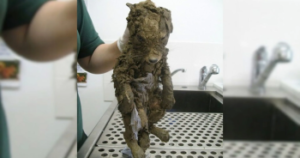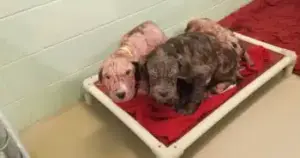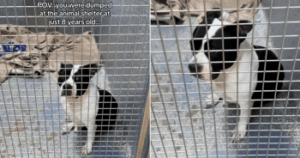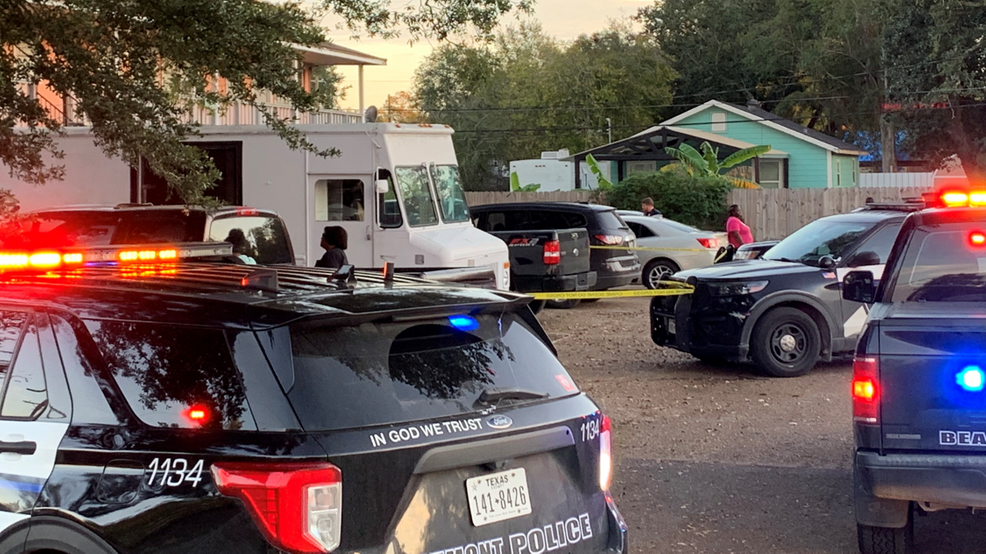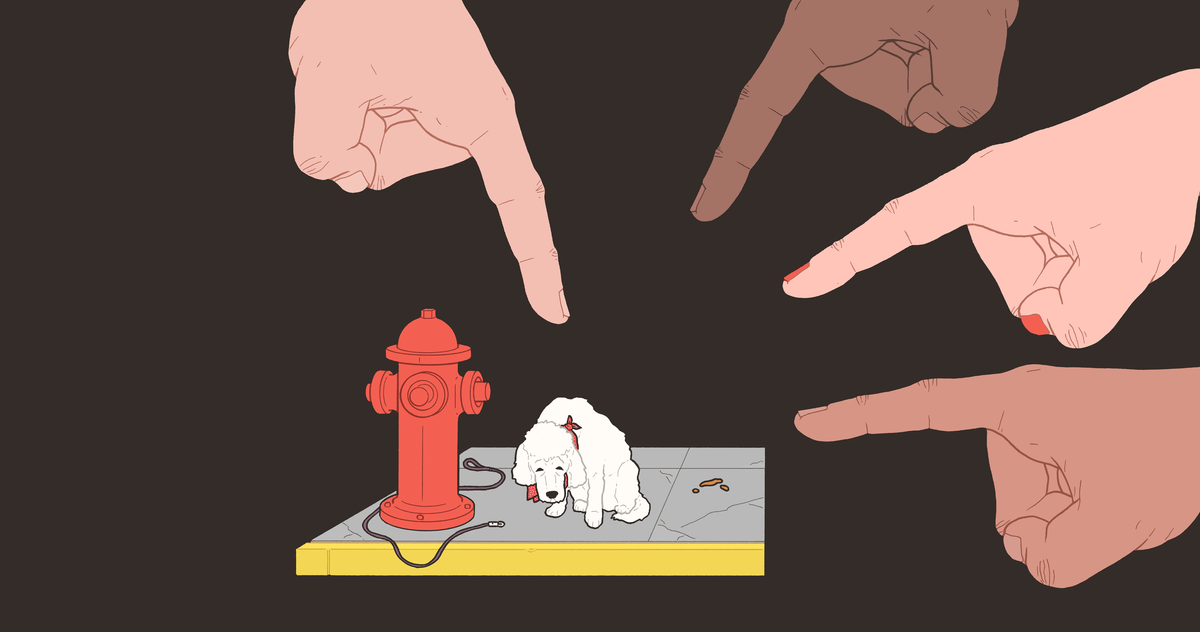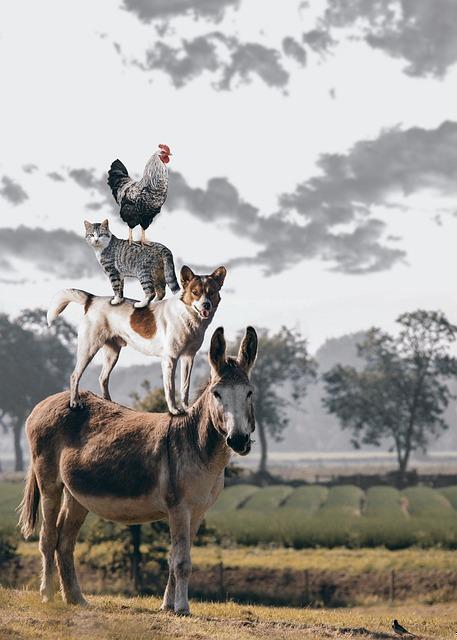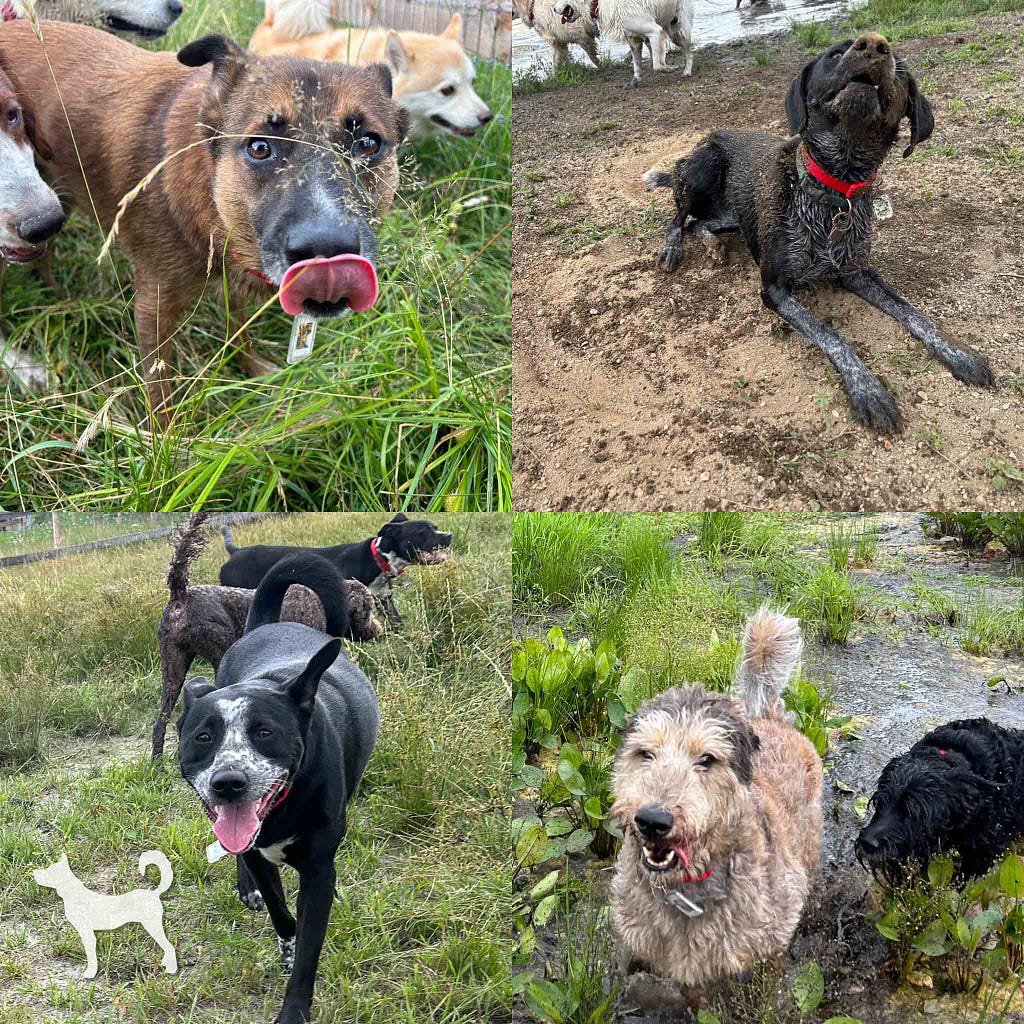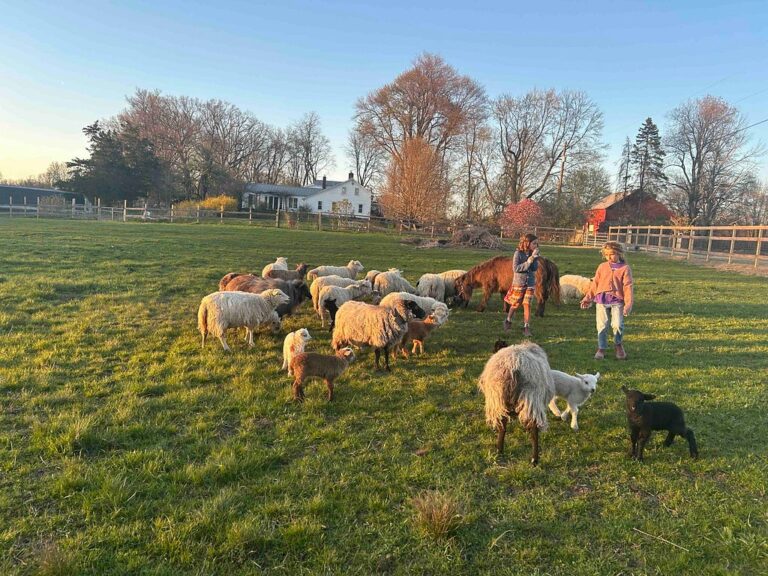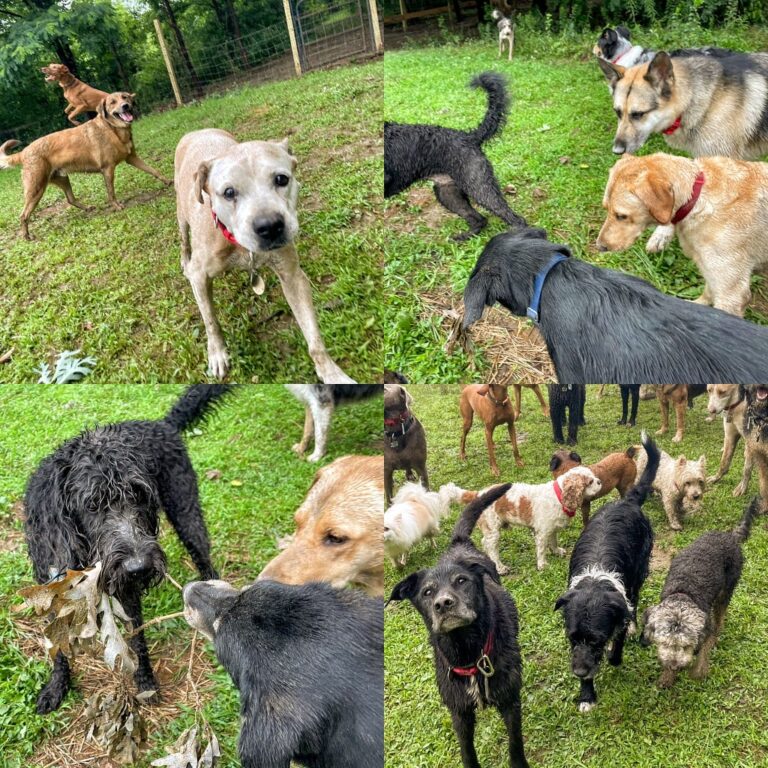Before You Add Olive Oil to Your Dog’s Bowl – Read This!
December 3, 2025
You drizzle it on your salad, cook with it, and probably have a bottle sitting proudly on your counter. Olive oil is celebrated for its ...
Trending
Puppy Rescued From Muddy Pit Turns Out Not To Be a Puppy at All
December 2, 2025
No Comments
5 Bald, Sick Puppies Show Pure Joy as They Shower Their Rescuers With Kisses
December 2, 2025
No Comments
Senior Shelter Dog Starts Losing Hope After Being Overlooked for Months
December 2, 2025
No Comments
Editorial picks
Dudley dog owner ready to continue Crufts family legacy – Dudley News
February 2, 2025
A DUDLEY dog owner is ready to continue his Crufts family legacy as he steps on the famous green carpet for the first time in ...
Read More →
After Fostering Animals for 5 Years, I Can Say These Are the 15 Most Useful Gifts for Pet Owners – Allure
November 1, 2024
After Fostering Animals for 5 Years, I Can Say These Are the 15 Most Useful Gifts for Pet Owners Alluresource
Read More →
Researchers issue 'call to action' for data on more diverse range of dog owners – Phys.org
August 30, 2024
Researchers issue ‘call to action’ for data on more diverse range of dog owners Phys.orgsource
Read More →
BREAKING UPDATE: Dispute over aggressive dog led to Beaumont shooting – KFDM-TV News
July 11, 2024
BREAKING UPDATE: Dispute over aggressive dog led to Beaumont shooting KFDM-TV Newssource
Read More →
Why Do People in NYC Hate My Dog? – The Cut
April 23, 2024
Why Do People in NYC Hate My Dog? The Cutsource
Read More →
Takeru Kobayashi, 6-time Nathan’s hot dog champ, retires from competitive eating over health concerns – NBC News
August 13, 2024
Takeru Kobayashi, 6-time Nathan’s hot dog champ, retires from competitive eating over health concerns NBC Newssource
Read More →
Dog kennel business run by Sioux Center man – nwestiowa.com
August 3, 2024
Dog kennel business run by Sioux Center man nwestiowa.comsource
Read More →
Golden Retriever Reenacts Iconic ‘Dirty Dancing’ Moment with Favorite Stuffy in Adorable Moment – PetHelpful
February 23, 2025
Golden Retriever Reenacts Iconic ‘Dirty Dancing’ Moment with Favorite Stuffy in Adorable Moment PetHelpfulsource
Read More →
Independence Day for Dogs
November 16, 2025
No Comments
No, they aren’t rising up in revolt. But they would like to walk around without a string on their necks on occasion. Dog independence: no, …
Fragment or Farm?
September 22, 2025
The land is good. The policies, not so much. If you think of a rural area, what do you imagine goes on on the land? Farming? ...
NYC PET NEWS
Around The World
a year ago
My dog has been LOVING it at Glencadia. I'm delighted to see all the fun photos that get uploaded every day. This is her second time back, and we've already booked her for a month long stay in the next few months.
The wellness checks where the dogs get weighed and checked for scratches, ticks, and overall health are reassuring to read. The Glencadia team makes sure the dogs are in tip top shape. The photos of the dogs sitting on the bench after the wellness checks are fun to see as well. Their faces are always beaming!
I was worried the first time I sent my dog because I adopted her when she had severe separation anxiety. Training wasn't getting anywhere as she was attached only to me. I think she learned to self soothe at camp being around other dogs and being in a safe environment. When she got back, her separation anxiety training went so much more smoothly!
10 months ago
Fantastic! We have a very high energy dog who desperately needs mental and physical stimulation throughout the day. When we drop him off at The Glencadia Dog Camp for vacation, not only do we know he’s safe, but he will have an amazing time with all the other dogs while we’re gone. We know this because he doesn’t look back when he leaves and looks disappointed to have to come home haha. We pay a little extra for the gourmet meals and add a nail clipping for $20 which is 100% worth it!
Though the initial $40 reservation fee can be a bit steep if you are leaving town for only a day or two, that one time fee spread out over multiple days averages to about that of a kennel. The grounds are beautiful and we love telling everyone about the great “dog resort” we found in Kinderhook, NY!
11 months ago
I just have to share how amazing Glencadia Dog Camp has been for my dog, Cocoa! For years now, I’ve been sending him there, and honestly, it’s been such a relief as a busy working professional in NYC. I can’t tell you how much peace of mind I get knowing Cocoa is in such good hands.
The prices are super reasonable, especially considering how happy and healthy Cocoa is when he comes back home. It’s like he’s had a mini vacation, and I love seeing him so excited after a stay at camp.
But the real stars of the show are the staff. They’re so kind and genuinely care about the dogs. Phil and all the dog handlers are incredibly communicative and responsive. I feel like I can always reach out if I have questions or just want to check in on Cocoa, and they’re always there to support me if I have a change in plans.
Thank you, Glencadia Dog Camp, for being such a fantastic place for cocoa. You guys are truly the best! I can’t recommend you enough to other dog owners looking for a loving environment for their dogs.
2 years ago
We absolutely LOVE Glencadia. We have been sending our dog Astor to Glencadia for several years now. He has been over 10 times!!! Astor has gone to camp from as little as a weekend stay to a longer 2 week stay. We have recommended Glencadia to at least 10 people and they always rave about it and are SO happy we recommended it to them. We love Glencadia because of how convenient the service is. Astor is obsessed with doggy driver Phil! The pick and drop off service is an absolute game changer. Glencadia is very affordable compared to everything else in the city and Astor gets his own little vacation when we go on vacation. We always know our dog is in good hands and it is very obvious he is having the time of his life when we see him romping around with a huge smile on his face in the photos and videos. Astor is always so exhausted when he gets home because of how much fun he had with all of his new and old camp friends!! HIGHLY recommend Glencadia. We could not recommend them enough.
a month ago
I've sent my dog Leo to Glencadia dog camp a grand total of four times and three of those days were a week long or more. He had a great time each time he went and although there were a few small incidents where he has been slightly injured, this was just due to him running around and potentially sliding into trees or branches like the silly goober he is. These were promptly reported and they made sure to keep the cuts and bruises well attended to.
I thoroughly enjoy seeing the dog romps that Will posts to their Instagram page as well as the photo updates that are shared. The new tagging system that uses AI to automatically find Leo's photos within the daily photo sets is super convenient as well. The van service has been a godsend, especially for me as a non-car owner in New York City. And pickup and drop off is always very seamless.
I continue to be a customer and Leo continues to be a client at Glencadia and I look forward to using them again in the future!






